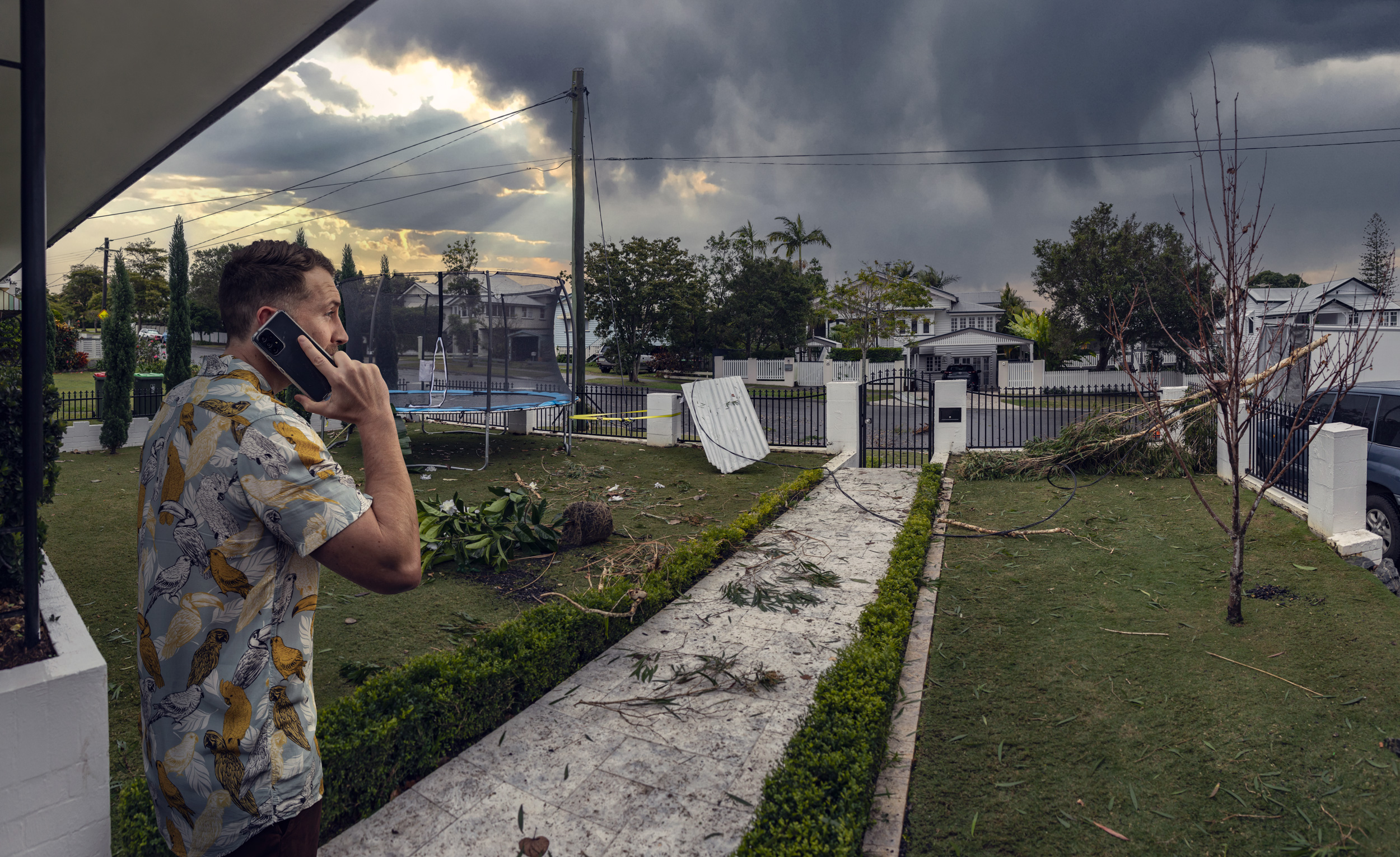Power outage safety
If the electricity’s out at your place, we’re here to help you find out what happened and keep you informed about when it might return.
Lost power?
If you’ve lost power because of a problem with your powerlines, know that we’ll fix it as soon as we can. While you wait, there are a few things you can do to keep us informed and stay up to date:
- Use our Outage Finder to check for known outages in your area, and get updates on when we expect your power to return
- Register for SMS text notifications or email alerts to get updates on outages in your area.
IMPORTANT: If powerlines are down, your safety is at risk. Always stay at least 10m away and call Triple zero (000) immediately.
Planned outages
We regularly service our network of powerlines to give you safe and reliable access to power. To get the job done as quickly and safely as possible, we might occasionally need to turn off your power for a short period.
To help you manage any inconvenience, we’ll give you at least four business days’ notice before a planned outage. We’ll also make sure the outage is as short as possible, lasting no longer than eight hours.
If you rely on life support equipment, we encourage you to register your details with us or your electricity retailer and prepare an action plan in the event of a planned or unplanned power outage. Read more about our life support program.
For helpful hints on what do before and during a power outage, please view our FAQs.
Occasionally, we may need to cancel a planned outage due to extreme weather or a network emergency. We’ll do our best to let you know about any changes that might affect you.
As a business, what can I do to prepare for a power outage?
Below is a checklist that can be used to help you prepare your business for both planned and unplanned outages. Being prepared can help minimise impacts and ensure you have a plan in place when the unexpected occurs.
- Ensure the location of your electricity meter and service entrance is well known and easily accessible
- Identify equipment that cannot be turned off or is vital to your business. A secondary power supply may be required
- Switch off and unplug equipment that your business can manage without power to during the outage period. Set a timeframe to implement a backup plan when time limits are reached. Sometimes unplanned outage timeframes cannot be estimated, so planning a time to take action is a good idea e.g. when power outage reaches 4 hours activate this process.
- Establish processes and resources for handling outages that occur after-hours and develop an after-hours notification system
- Install surge protection devices to protect sensitive electronic equipment
- Have an emergency plan in place for employees and customers who rely on medical equipment e.g. back-up power supply or transportation to another facility, work from home
- Be familiar with electrical generator safety
- Switch off water pumps and three phase motors associated with air conditioning plants and lifts
- Notify your security company of the outage to make sure alarms operate correctly without power.
- If you have a back-up generator ensure its make/model, capacity and delivery voltage is recorded in an easy to locate area
- Establish a regular maintenance program for your back-up generator
- If you do not have back-up generation, evaluate and establish at what point areas of your business may require a back-up system
- If you have an Uninterrupted Power Supply (UPS) generator system, know its back-up capacity (in minutes).
- Check your facility to make sure everything is operating correctly. If used, shut down your back-up generator and transfer load back to your electricity system
- Evaluate how the system and plans worked. Meet with your safety committee to update procedures as necessary.

